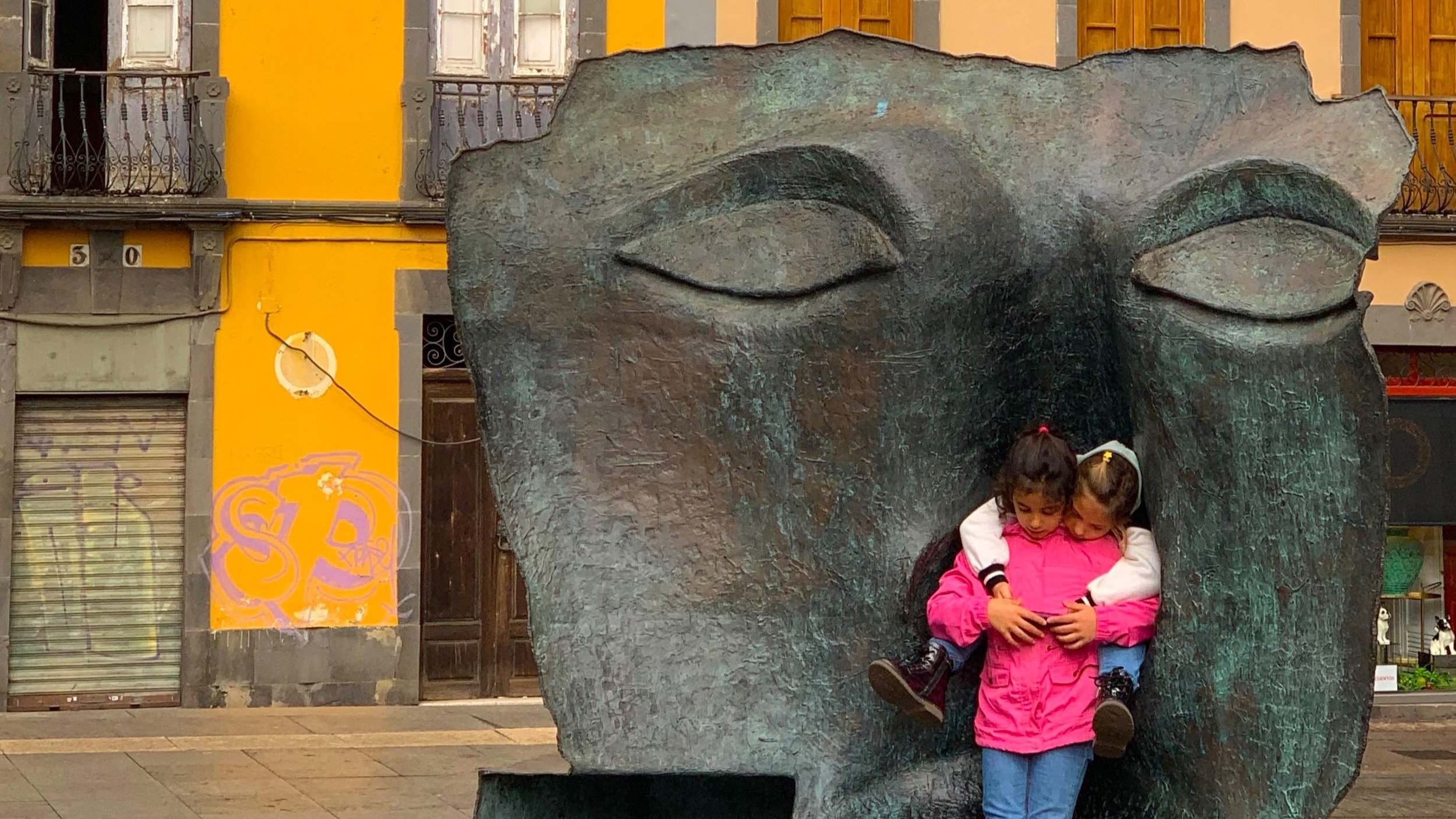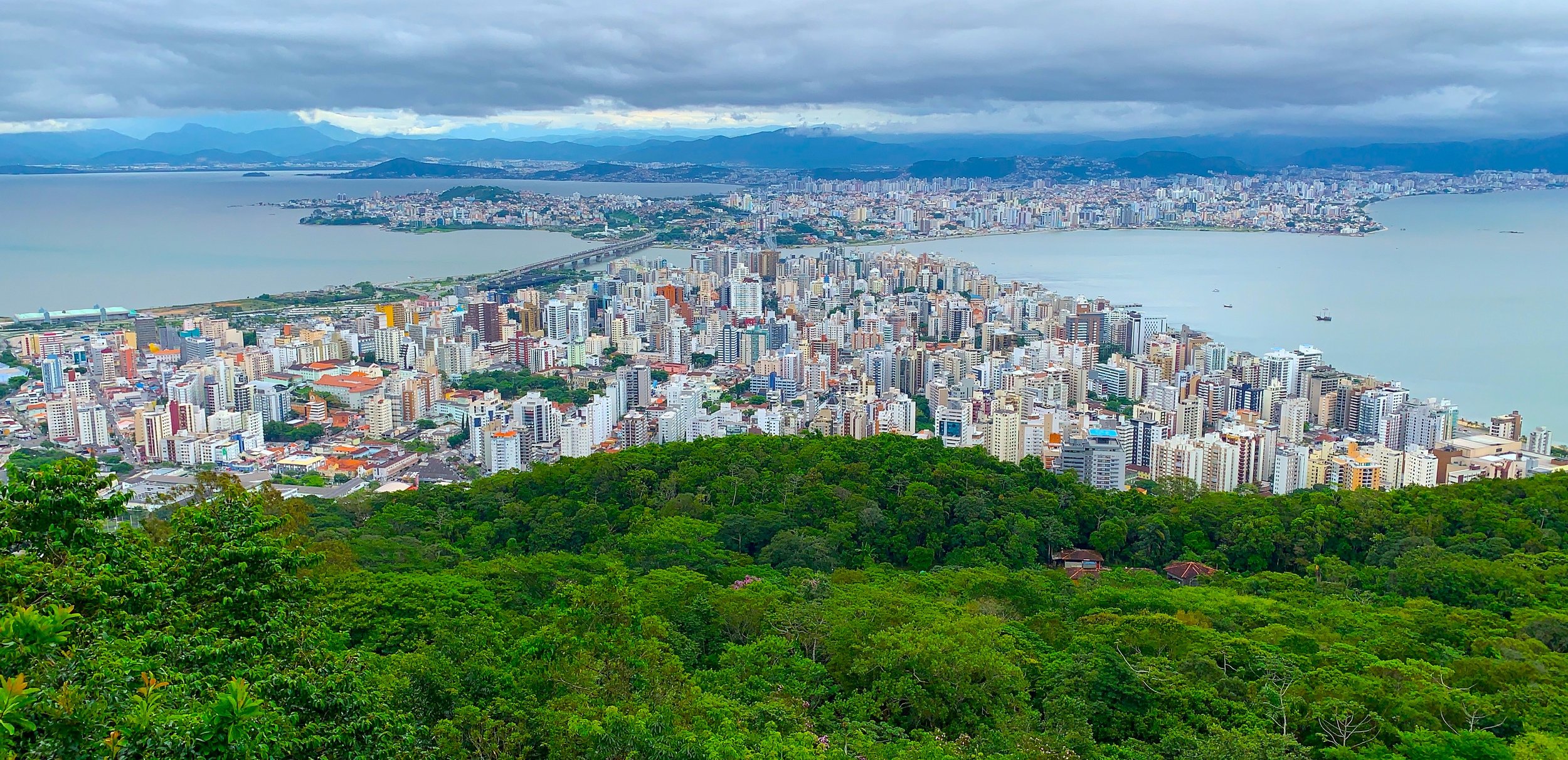What if Women Designed the City – A Foreword by Regenesis Co-Founder Pamela Mang
One would not expect to find a masterful tutorial in regenerative thinking and engagement in a book titled What if Women Designed the City? Yet that is exactly what May East delivers. To be clear, the topic of this book is not regenerative development or design. Nor is it a treatise on the problems from and solutions for the longstanding gender gap in urban planning. While the gender gap and its worrisome consequences are mentioned, East makes it clear that her research and the results of the innovative engagement process she designed and tested came from specifically not viewing it as a problem to be solved but rather, ‘as a potential to be unleashed’.
‘Solving’ gender exclusion as a problem could simply mean more women involved in more planning in more places. Flipping the perspective from problem to potential, a core characteristic of regenerative thinking, expands the scope of consideration and reorders what is truly meaningful and significant. East didn’t ignore the issue. Instead she chose to adopt a regenerative lens for her exploration, looking for what ends addressing gender exclusion could serve that would both inspire and require a much higher order of innovation and capability from all involved and reconcile existing divisions.
…The aim she arrived at — ‘creating the conditions for cities to transform, evolve and self-organise themselves’ served as both end point and North star shaping the design of her innovative research process and the results captured in a ‘mosaic of visions that could be leveraged by women themselves, co-evolved by residents, urban planners, policy makers, developers, retailers and communities’.
The result is a sophisticated multi-dimensional exploration of how the ‘symbiotic relationships between women and cities’ can be developed and supported toward fostering regenerative neighborhoods. Walking interviews with 274 women explore the roles women can play in city development, and the reciprocal value that can generate for women, their neighborhoods and ultimately the future life and health of cities and the places they inhabit. The rich tapestry of ideas that emerged are augurs of what women can and do bring to the development of our cities and their future, as well as an indicator of the promise regenerative processes hold.
Shifting our perspective to a regenerative lens (or paradigm), and away from what Carol Sanford calls ‘do good’, changes what we see by changing how we see. Working regeneratively flips the leading question from what we need to do to who we need to become and what new ableness that will require us to reach for. In consequence it is deeply developmental. It also moves our focus from reparative to generative. As regenerative designers, East notes, women were not very interested in “managing the entropy of failing systems and solving urban problems one at a time.”
Co-evolution among humans and natural systems can only be undertaken in specific places, using approaches that are precisely fitted to them.
The last ten years have seen a burgeoning interest in the promise of regenerative development and design. The ability to deliver on that promise however continues to be limited by the gap in understanding of the profound difference between current sustainability practices and regenerative practice and what it requires. The concepts of starting from potential and aiming for goals that generate systemic value have been gaining attention, but they just touch the surface of the fundamental shifts in being and thinking required.
In What if Women Designed the City? East fills in this gap, but not in the conventional way of describing what regenerative thinking and engagement are (which would accomplish the opposite). Instead she invites the reader into experiencing a regenerative process through making explicit her own process – precisely and clearly communicating what shaped it, and what it required her to develop in herself and to enable the development of in those she engaged. This leaves the decision and the onus on the reader to author their own inner work and understanding, another characteristic of regenerative thinking — i.e., that we cannot make the outer transformations required to create a truly sustainable world without making the inner transformations—in ourselves and in those we work with and for.
Regenerative development is grounded in a belief that we cannot make the outer transformations we envision for the world without making inner transformations in how we think and who we are able to be.
To create an experiential understanding of a regenerative way of thinking and being, East invites the reader into a journey through a dynamic, multilayered, multidimensional living matrix that requires continually weaving inner and outer worlds. As support, East provides wayfinding guideposts throughout the book. Concepts such as reflexivity, presency, co-evolving mutualism and more are presented not as separate ideas but rather as threads that, when woven together, reveal a new order of potential agency and meaning.
The result is a book that requires reflective reading and a conscious choice on the part of the reader in order to realise this value. It is a choice that is implicit in Lorna Kohler’s song lyric quoted in the preface: ‘I am the weaver. I am the woven one.’ One can take away only what is needed to be the weaver, or one can also step into the process to be the woven one. To be both is to step onto a regenerative path. I am hopeful that more readers will choose the latter for our world’s sake.
Pamela Mang 10 August 2023
As transparent as glass
Pamela and I nurtured an enriching mentor & mentee relationship throughout my PhD journey. We met seasonally and co-created a space where I could expose my mental frameworks to open air. Her philosophical roots, accumulated experience and renewed curiosity deeply supported my process of inner and outer investigation. What a gift of life!
Here some members of the Regenerates global community who begin their journey with the Regenerative Practitioner Series - a shared foundational experience of the critical shifts in how we think and how we work that underlie a regenerative approach to development of all kinds. (European cohort retreat 2017)






